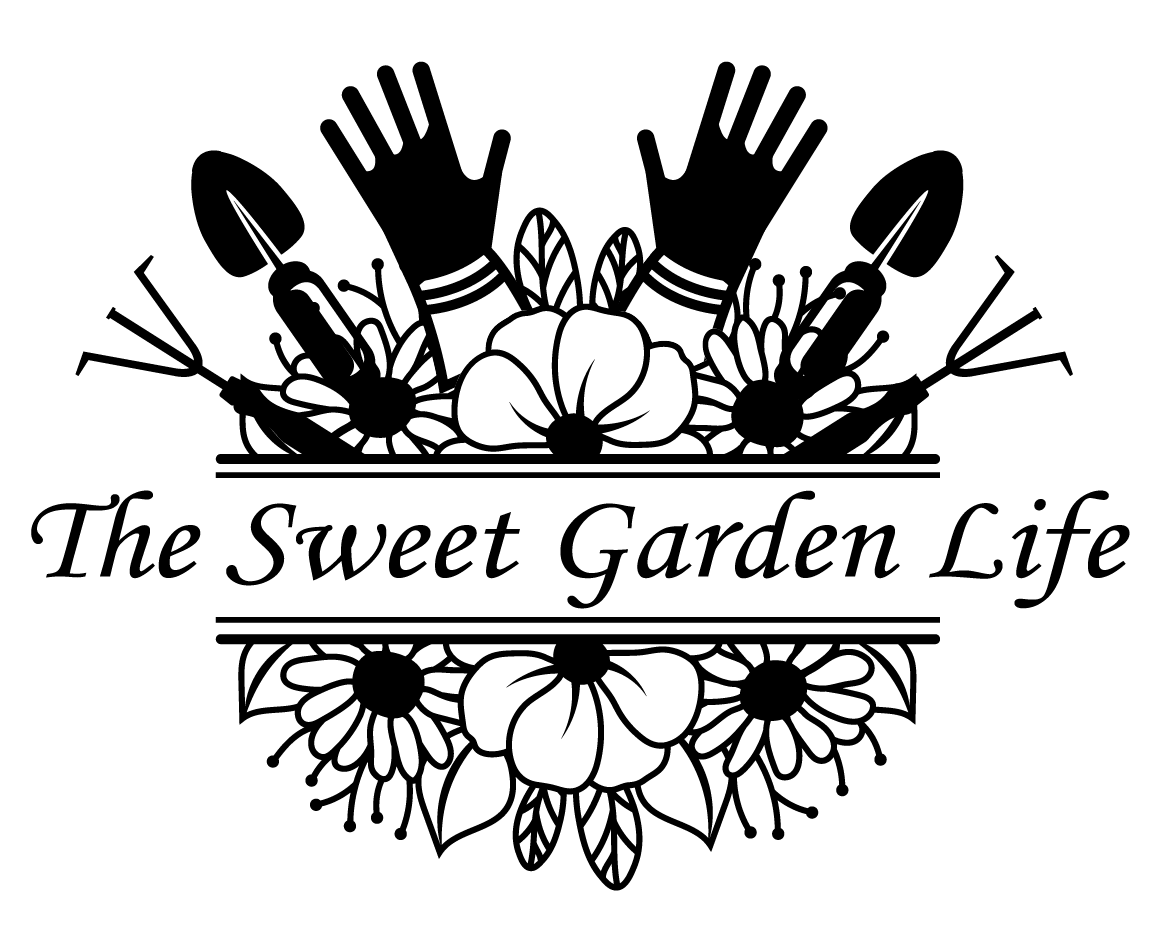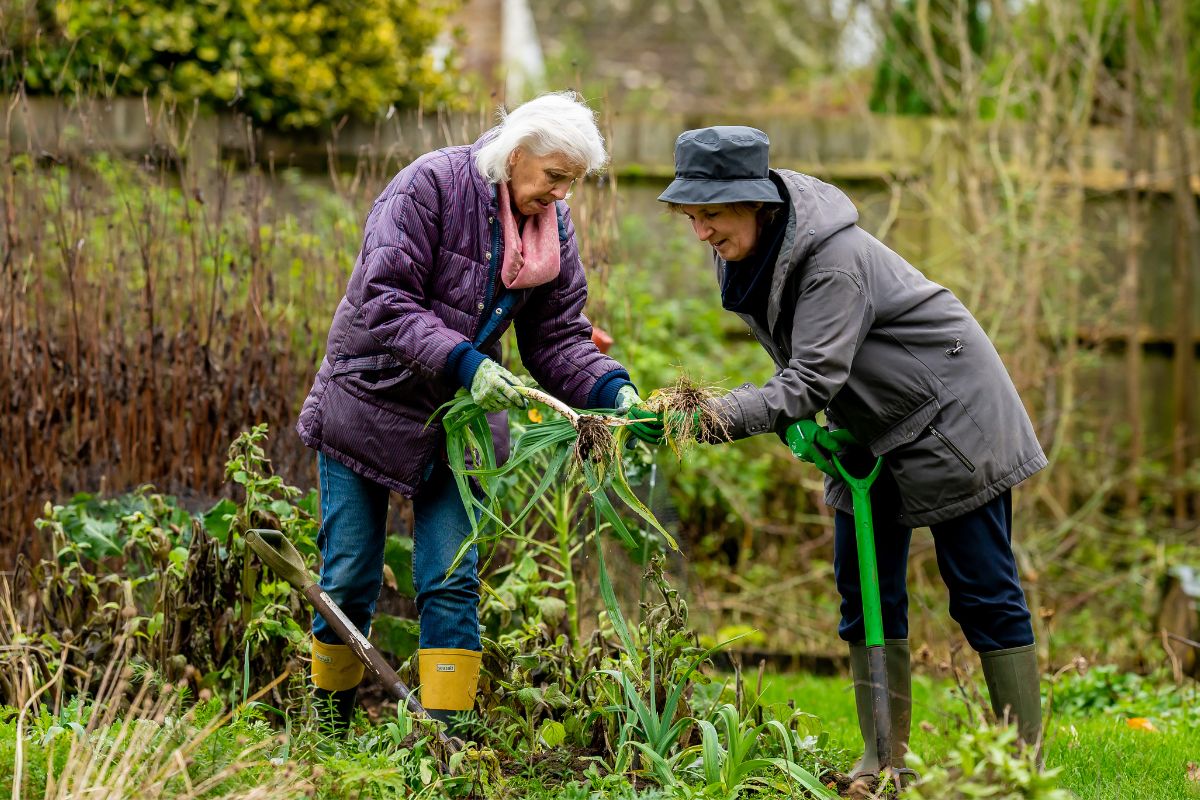30 seconds summary
● Gardening is a therapeutic and rewarding activity for seniors, especially with easy-to-grow, low-maintenance plants like lavender, cherry tomatoes, and zinnias.
● These plants require minimal care while offering color, fragrance, and joy. Using raised beds, ergonomic tools, and support from physical disability support services can make gardening more accessible.
● With the right setup, elderly gardeners can enjoy the mental, physical, and emotional benefits of gardening well into later life.
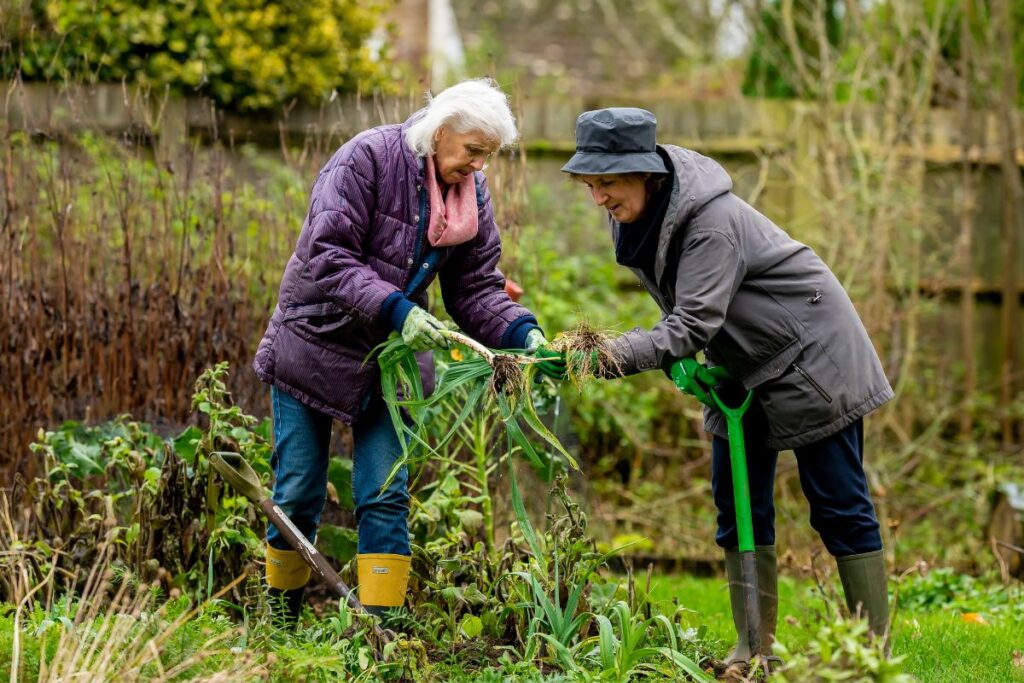
Gardening is more than just a hobby; it’s a therapeutic activity that nurtures the body, mind, and spirit. For elderly individuals, it offers a sense of purpose, physical activity, and mental stimulation. However, as people age, physical limitations may make certain gardening tasks
more difficult. That’s where low-maintenance plants come in—they provide all the joy of gardening without the strenuous upkeep. In this guide, we’ll explore some of the best easy-to-grow plants for elderly gardeners, with practical advice to help make gardening more accessible
and enjoyable.
Why Gardening Is Ideal for Seniors
Before diving into specific plants, it’s important to understand why gardening holds so many benefits for elderly people.
Physical Health Benefits
Gardening provides light to moderate exercise, promoting flexibility, strength, and coordination. It also encourages seniors to spend time outdoors, soaking up Vitamin D and fresh air.
Mental and Emotional Well-being
Gardening has been shown to reduce stress, anxiety, and depression. Watching plants grow, bloom, and thrive can give a profound sense of accomplishment.
Cognitive Stimulation
Engaging with the natural world, identifying plants, planning garden layouts, and remembering watering schedules all offer cognitive challenges that keep the mind sharp.
Social Interaction
Community gardening projects or group garden clubs can provide much-needed socialization, combating loneliness and isolation. However, to make gardening practical for aging individuals, selecting the right plants is crucial.
Features of Ideal Plants for Elderly Gardeners
Elderly gardeners benefit from plants that require little effort but provide visual or sensory rewards. Here are some characteristics to look for:
● Low maintenance: Plants that don’t need frequent watering, pruning, or fertilization.
● Resilience: Plants resistant to pests, diseases, and variable weather.
● Accessibility: Compact or container-friendly plants that are easy to reach and manage.
● Longevity: Perennials or slow-growing species that don’t require replanting every season.
● Therapeutic qualities: Colorful, fragrant, or edible plants that stimulate the senses.
Now, let’s look at specific plant recommendations tailored to these criteria.
Top Easy-to-Grow Plants for Elderly Gardeners
1. Lavender

Why it’s ideal: Lavender is a drought-resistant perennial that offers a calming fragrance and beautiful purple blooms. It’s also deer-resistant and attracts pollinators like bees and butterflies.
Care requirements:
● Needs full sun and well-drained soil.
● Minimal watering once established.
● Occasional pruning to maintain shape.
Bonus benefit: The scent of lavender has been associated with relaxation and better sleep, making it ideal for a therapeutic garden.
2. Marigolds
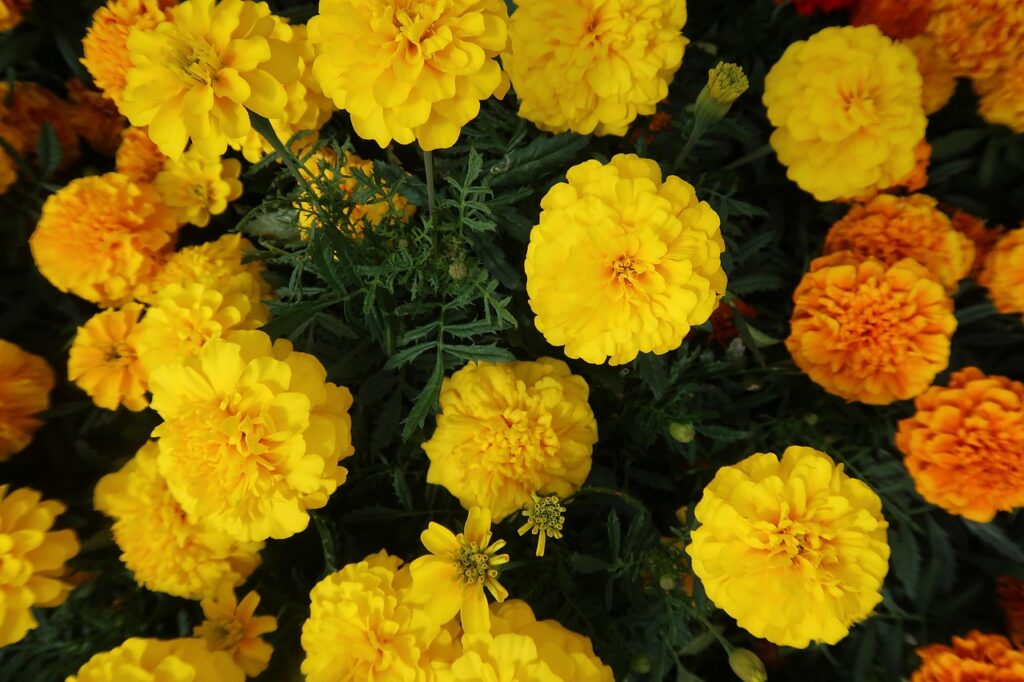
Why they’re ideal: Marigolds are cheerful, bright annuals that thrive with minimal care. Their pest-repelling properties also make them great companions for vegetable gardens.
Care requirements:
● Grow well in full sun.
● Require only moderate watering.
● Self-seeding varieties return yearly.
Accessibility tip: Available in both tall and compact varieties, making them suitable for raised beds or containers.
3. Hostas
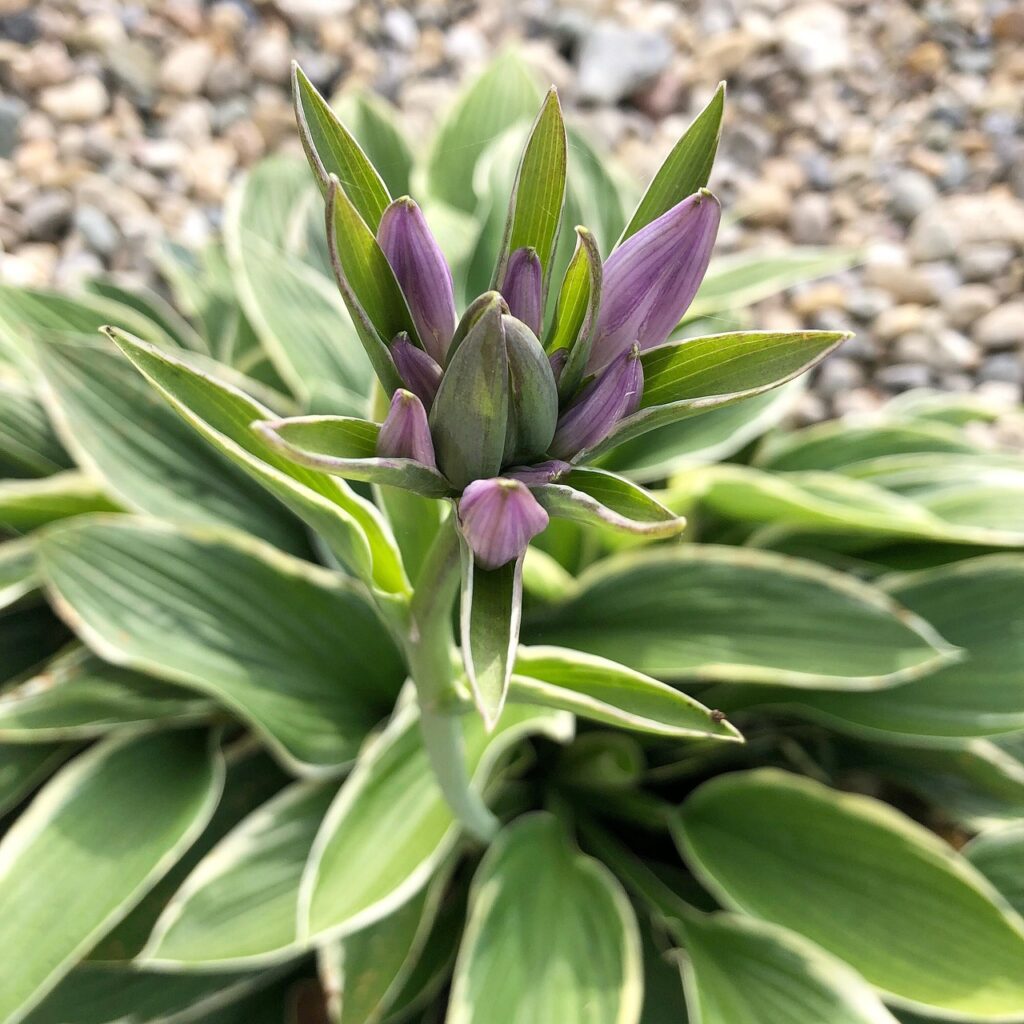
Why they’re ideal: Hostas are shade-loving perennials with large, textured leaves that bring visual interest without the need for flowers. They thrive in areas where many other plants struggle.
Care requirements:
● Prefer shady spots and moist, well-drained soil.
● Minimal maintenance aside from occasional watering.
● Some varieties are slug-resistant.
Design idea: Hostas look beautiful under trees or along walkways where elderly gardeners can
enjoy their lush foliage up close.
4. Zinnias

Why they’re ideal: Zinnias bloom profusely with vibrant colors and require little maintenance. They’re great for cutting gardens, where seniors can bring blooms indoors.
Care requirements:
● Full sun and moderate watering.
● Deadheading encourages more blooms but isn’t strictly necessary.
● Easy to grow from seed.
Emotional benefit: Their bright, cheerful appearance boosts mood and adds liveliness to any garden space.
5. Cherry Tomatoes
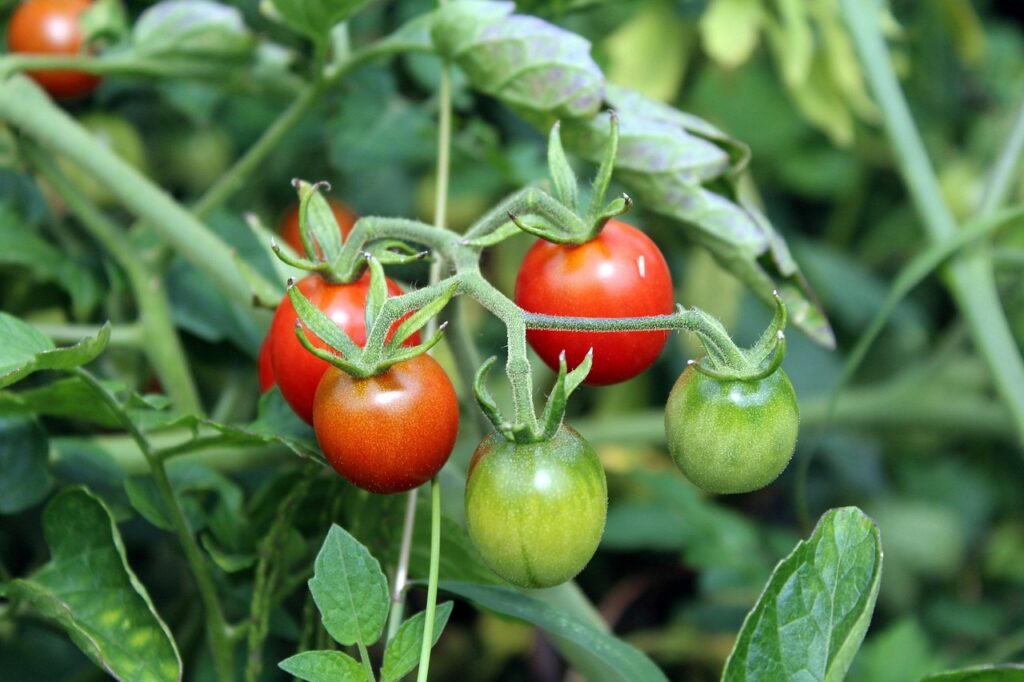
Why they’re ideal: These are one of the easiest and most rewarding edibles for elderly gardeners. Cherry tomatoes grow well in containers or raised beds, making harvesting easier.
Care requirements:
● Need full sun and regular watering.
● Minimal pruning required.
● Compact or bush varieties are easiest to manage.
Nutritional value: Home-grown cherry tomatoes are rich in antioxidants and vitamins—perfect for a healthy diet.
6. Sedum (Stonecrop)
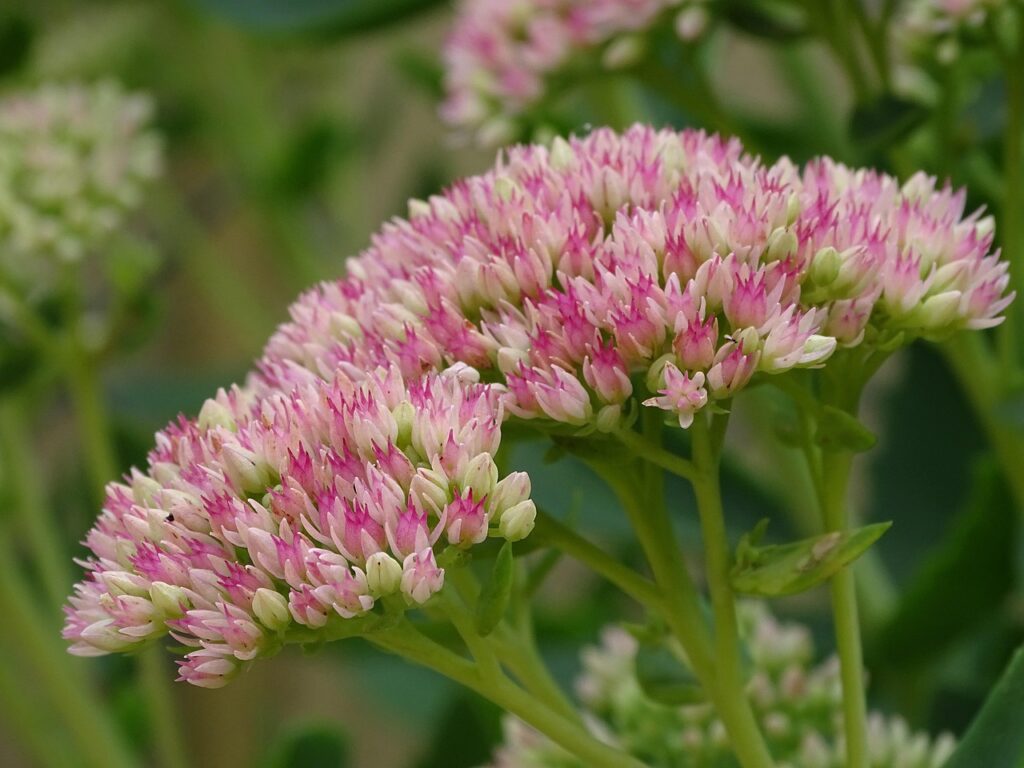
Why it’s ideal: Sedum is a hardy succulent that thrives on neglect. It’s perfect for those who want a set-it-and-forget-it plant.
Care requirements:
● Needs well-drained soil and sun.
● Rarely needs watering.
● Resistant to pests and diseases.
Functional advantage: Works well in rock gardens or container arrangements that don’t need frequent tending.
7. Mint

Why it’s ideal: Mint is a fragrant herb that grows rapidly and is useful in tea, cooking, and aromatherapy. It’s best grown in containers to prevent it from overtaking other plants.
Care requirements:
● Partial shade to full sun.
● Consistent watering but not waterlogged.
● Occasional trimming to prevent flowering.
Practical tip: Mint’s invigorating scent can be refreshing and uplifting for seniors.
8. Geraniums
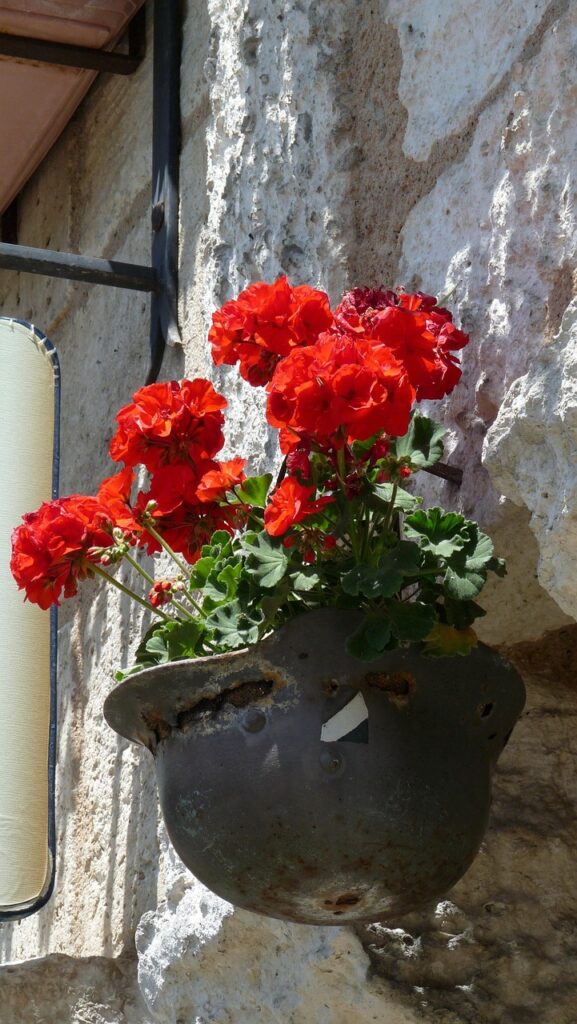
Why they’re ideal: Geraniums are easy to grow, come in a variety of colors, and thrive in containers. They bloom all season with minimal attention.
Care requirements:
● Full sun to partial shade.
● Moderate watering and good drainage.
● Occasional deadheading prolongs blooming.
Aesthetic bonus: Their vibrant flowers attract butterflies and add curb appeal.
9. Daylilies
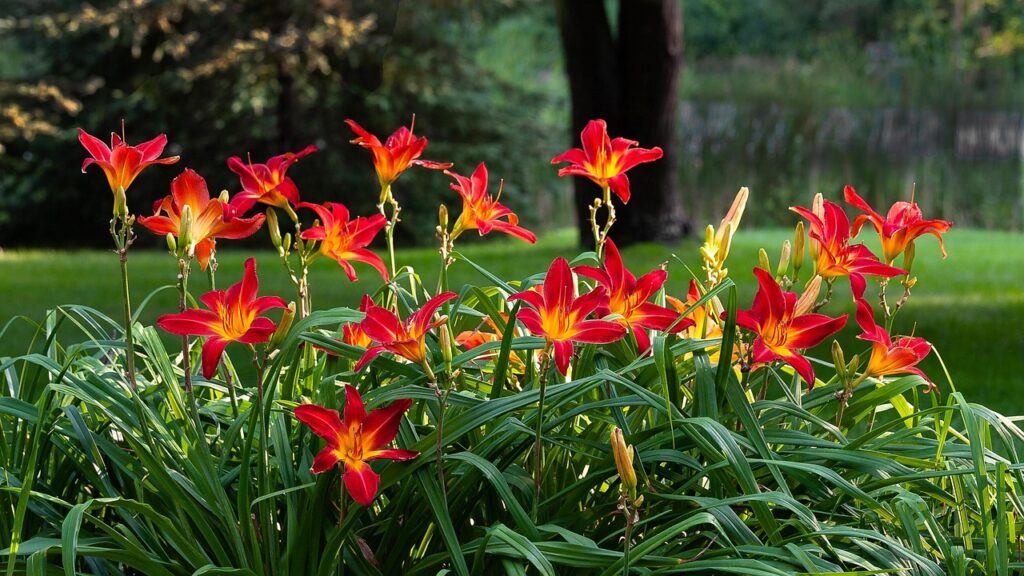
Why they’re ideal: Daylilies are extremely hardy perennials that require virtually no maintenance after planting. They come in a wide range of colors and sizes.
Care requirements:
● Thrive in most soil types.
● Need full sun to partial shade.
● Drought tolerant once established.
Fun fact: Despite the name, individual flowers only last a day, but each plant produces many blooms throughout the season.
10. Pansies and Violas

Why they’re ideal: These cool-season annuals are perfect for early spring and fall. They offer cheerful faces and soft textures that can be enjoyed up close.
Care requirements:
● Prefer cooler weather and partial sun.
● Need regular watering.
● Deadheading helps extend bloom time.
Therapeutic aspect: Their soft petals and bright expressions are visually soothing.
Tips for Making Gardening More Accessible
Even with the easiest plants, elderly gardeners may face physical limitations. Fortunately, there are ways to adapt gardening practices to accommodate these needs:
1. Raised Beds and Containers
These minimize bending and kneeling, making it easier to manage plants at waist or chair height. Choose lightweight pots or use trolley systems for mobility.
2. Use of Ergonomic Tools
Tools with cushioned grips, extended handles, or lightweight materials can reduce strain on joints and muscles.
3. Incorporate Seating Areas
Strategically placed benches allow rest breaks and also create opportunities for contemplation and social interaction.
4. Drip Irrigation or Self-Watering Systems
These reduce the need for carrying heavy watering cans and ensure consistent hydration for plants.
5. Engage Physical Disability Support Services
Gardening can be made more inclusive by partnering with physical disability support services. These organizations can offer assessments, adaptive tools, and even volunteers to help elderly gardeners maintain their green spaces safely and comfortably. They may also provide
occupational therapy advice on how to adapt gardening tasks to individual mobility or strength levels.
Indoor Gardening Options
For elderly gardeners with limited outdoor space or mobility, indoor plants are a wonderful alternative. Some great options include:
1. Spider Plant
Very low maintenance and known for air-purifying properties.
2. Pothos
It can thrive in low light and is forgiving if occasionally neglected.
3. Peace Lily
Elegant with white blooms, suitable for bright, indirect light.
4. Aloe Vera
Not only easy to grow, but its gel can be used for minor skin ailments.
The Psychological Value of a Simple Garden
While the practicality of easy-to-grow plants is clear, the deeper value lies in the joy they bring. For many elderly gardeners, their gardens are a place of peace, self-expression, and memory. A lavender bush might remind someone of their childhood home. A tomato plant may become a bond between a grandparent and a grandchild.
The act of nurturing something, especially something that thrives with minimal effort, can be immensely fulfilling. This is where low-maintenance gardens shine: they keep older adults engaged with life and nature without overwhelming them.
Conclusion
Gardening doesn’t have to be strenuous to be rewarding. For elderly gardeners, choosing the right plants can mean the difference between frustration and fulfillment. With options like lavender, cherry tomatoes, sedum, and zinnias, seniors can enjoy colorful blooms, pleasant
fragrances, and even fresh produce with little upkeep. By incorporating accessibility tools and potentially working with physical disability support services, gardening can remain a joyful and therapeutic activity well into later life.
Whether it’s a windowsill herb garden, a raised flower bed, or a patio full of pots, there’s always a way to bring nature closer. The key is to keep it simple, joyful, and sustainable, just like the best gardens tend to be.
